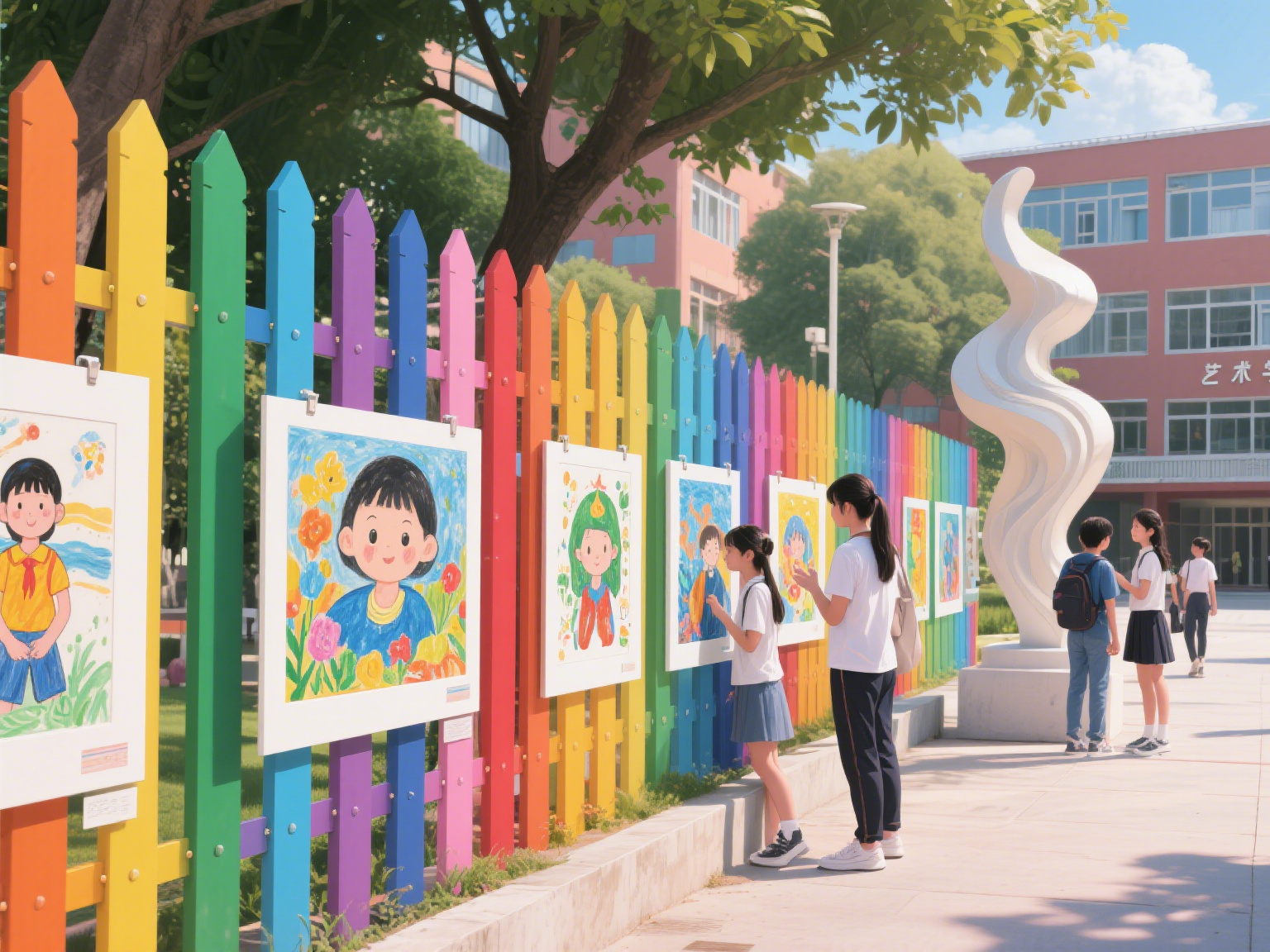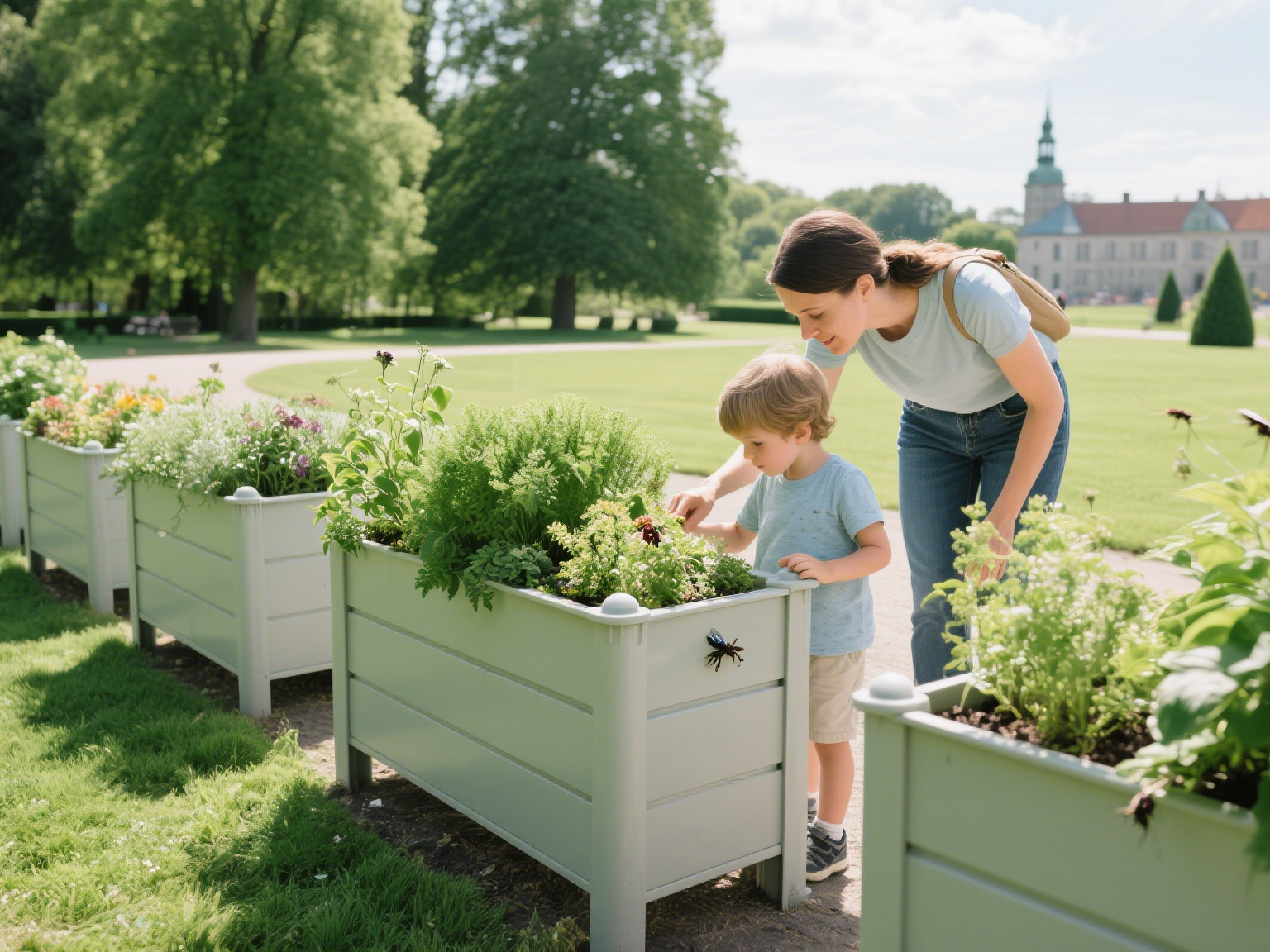In an era where environmental concepts are deeply ingrained, the sustainability of building materials has become a crucial criterion for measuring their value. PVC fencing has emerged as a green favorite in the modern fencing field, thanks to its environmental advantages throughout the entire lifecycle—from raw material production and usage to waste disposal—contributing to the construction of an eco-friendly environment.
Raw Material Production
PVC (polyvinyl chloride) is primarily composed of chlorine and ethylene. Chlorine is derived from salt electrolysis, while ethylene can be extracted from resources such as oil and natural gas. These basic raw materials are widely available and produced using mature technologies. With advanced production techniques, the manufacturing process of eco-friendly PVC has become increasingly green. By optimizing processes to reduce energy consumption and using environmentally friendly plasticizers, stabilizers, and other additives, manufacturers have effectively minimized the use of harmful substances, ensuring that production generates minimal polluting waste gas or water. Compared to the extraction of natural materials like wood—whose felling damages forest ecosystems—PVC raw material production causes less harm to natural resources and the environment, aligning better with the concept of sustainable development.

Usage Stage
PVC fencing also demonstrates significant environmental advantages during its service life. Unlike iron fencing, which requires regular painting with anti-rust coatings containing volatile organic compounds (VOCs) that pollute the air, PVC fencing needs no such chemical maintenance. Thanks to its excellent weather resistance, it remains stable in harsh conditions—withstanding wind, sun, rain, and frost—without rusting, corroding, or cracking, and does not release harmful substances into soil or water as it ages. Additionally, its smooth surface resists dust and dirt, requiring only water for daily cleaning instead of chemical detergents. This avoids the release of chemical components into the environment through wastewater, further reducing ecological impact. These low-maintenance, pollution-free characteristics make it an ideal choice for eco-friendly construction.
Waste Disposal
When PVC fencing reaches the end of its lifecycle, its recyclability highlights its strong environmental value. As a recyclable plastic, discarded PVC fencing can be reprocessed. Recycling companies transform it into recycled PVC pellets through crushing, cleaning, and granulation, which can then be reused to produce new PVC products such as pipes, sheets, and small plastic items, enabling resource circularity. Statistics show that proper recycling of PVC fencing can increase resource utilization by approximately 60%–70%, effectively reducing dependence on new raw materials and the environmental pressure from extraction and production. Moreover, unlike non-degradable materials—such as some plastic fences that persist in the environment for centuries, causing white pollution—the recycling of PVC fencing significantly shortens its environmental retention time and minimizes long-term harm to ecosystems.

Indirect Environmental Benefits
Beyond its inherent eco-features, PVC fencing indirectly promotes sustainability. In landscaping and construction projects, its easy installation and high construction efficiency reduce energy consumption and waste generation during installation. Meanwhile, its rich colors and versatile designs harmonize with natural environments, reducing the overuse of non-renewable decorative materials for aesthetic purposes and aiding the creation of green ecological landscapes.
From production to use and disposal, PVC fencing upholds green environmental principles at every stage. Whether through its eco-friendliness or resource recycling, it demonstrates remarkable advantages. In today’s era of sustainable development, PVC fencing is undoubtedly an excellent choice for green protection, providing a reliable foundation for building a harmonious coexistence between humanity and nature.
